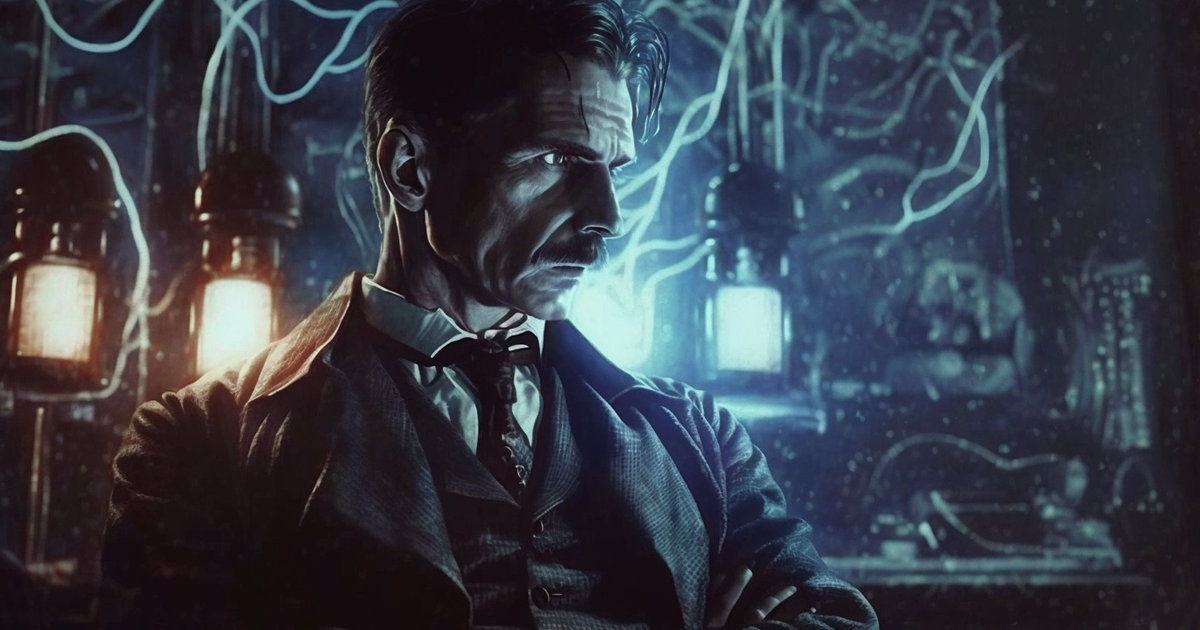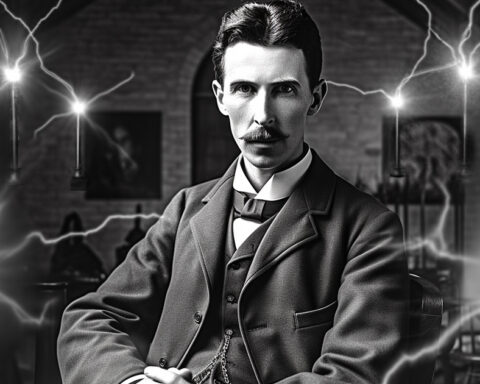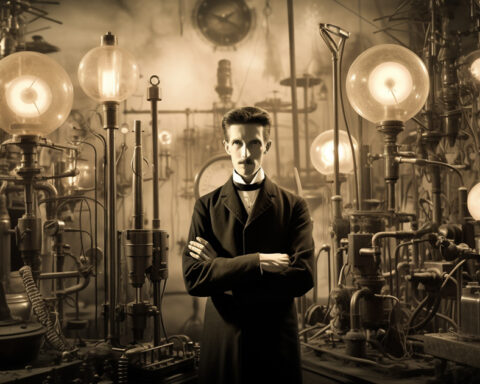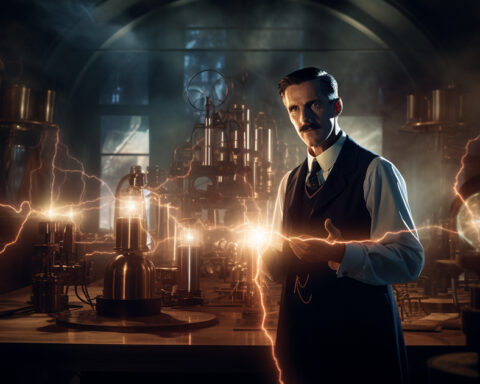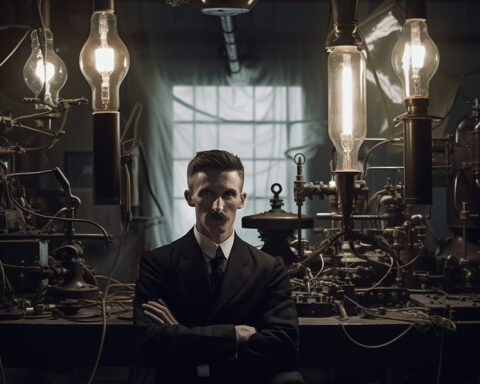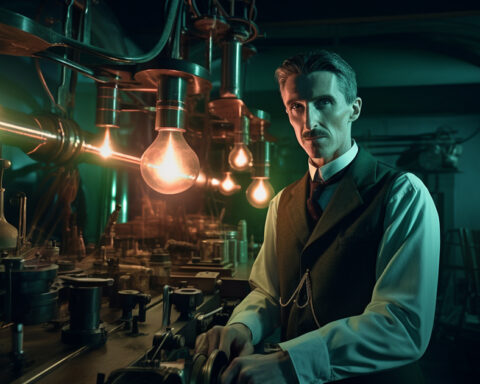Many people all across the world are familiar with the name Nikola Tesla. His contributions to the development of the contemporary alternating current (AC) energy delivery system have made him famous as an innovator, electrical engineer, mechanical engineer, and futurist. Tesla was a creative intellect who created a number of important discoveries and inventions that had a big influence on the world we live in today.
Tesla’s career, despite all of his successes, was not without its difficulties. This article will examine Nikola Tesla’s life in further detail and examine how he transitioned from success to failure.
Early Years
In Smiljan, Croatia, on July 10, 1856, Nikola Tesla was born to Serbian parents. He showed talent for science and mathematics at a young age. Tesla was an extremely inquisitive youngster who enjoyed tinkering with machinery and creating new things. His mother, Djuka Tesla, was also an entrepreneur who made tools and household appliances, while his father, Milutin Tesla, was a Serbian Orthodox priest.
Education
Tesla attended the Higher Real Gymnasium in Karlovac after finishing his primary education in Croatia. He enrolled in the Austrian Polytechnic in Graz, Austria, in 1875 and pursued studies in mechanics, mathematics, and physics there. After completing his studies, Tesla briefly assisted a physics professor, but he soon lost interest in the academic world.
Earlier Years
Tesla relocated to Budapest, Hungary, in 1881 and worked as a telegraph engineer’s assistant there. He started experimenting with the design of a novel kind of electric motor around this time. He relocated to Paris, France, in 1882 and started working for the Continental Edison Company there. In addition to working on the creation of the AC electrical delivery system, he continued to work on his electric motor design there.
Success
Tesla made a significant advancement in 1887 when he created the AC motor, which could operate on AC electricity. Since direct current (DC) power was considerably more difficult to transfer over long distances than AC power, this was a tremendous accomplishment. Tesla relocated to New York City to continue his work after receiving the money to erect a lab there in 1888.
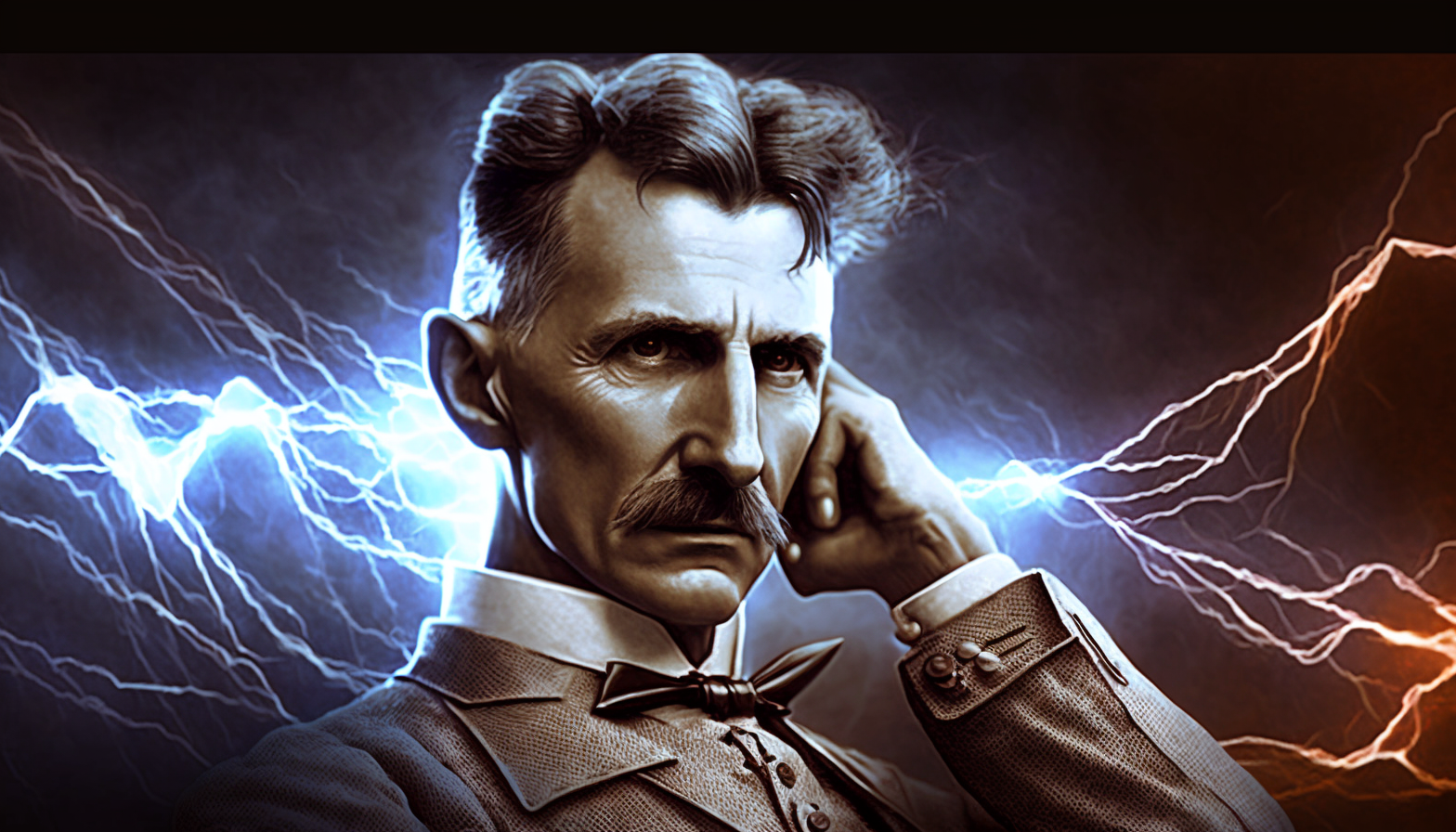
Tesla kept making important contributions to the field of electrical engineering in the years that followed. The fluorescent light bulb was also created by him, along with the Tesla coil, which is still utilized in radio technology today.
Work by Tesla and Westinghouse
Tesla started collaborating with Westinghouse Electric Corporation in the 1890s to advance the usage of AC electricity. As Westinghouse realized the potential of AC power, they started constructing power plants and electrical systems based on Tesla’s concepts.
The collaboration between Tesla and Westinghouse was effective, and by the turn of the century, AC power had taken over as the country’s main source of electricity. Tesla became a well-known and recognized inventor thanks to his contributions to the advancement of AC power.
Conflict of Currents
Despite the popularity of AC electricity, Tesla and Westinghouse’s collaboration had its share of difficulties. Tesla’s AC power and Thomas Edison’s DC electricity engaged in a violent conflict known as the War of Currents. Edison, a fervent supporter of DC power, started an effort to discredit AC electricity by asserting that it was harmful and even fatal.
The Battle of Currents peaked in 1893 when Edison held open demonstrations to demonstrate the dangers of AC electricity. His demonstrations, nevertheless, were largely ineffective, and AC electricity remained in demand.
Decline
Tesla had a lot of triumphs, but his career started to wane in the early 1900s. He started to focus on less useful innovations that were less likely to be profitable as he became more and more eccentric. As a result, he lost the backing of many of his previous investors and money.
Tesla started construction on the Wardenclyffe Tower in 1901 with the intention of revolutionizing communication and offering the entire globe free wireless electricity. Due to the project’s high cost and practical impracticality, Tesla had trouble securing funding.
Tesla experienced a nervous breakdown in 1905 and checked himself into a sanitarium for a while. He was never able to achieve the same degree of success that he had earlier in his career when he returned to work.
Later Years
Tesla’s eccentricity and seclusion increased as he got older. He developed an obsession with pigeons while living alone in a hotel room in New York City, feeding them daily and even bringing sick or injured birds into his room to care for them.
Tesla’s contributions to engineering and science were nonetheless valued despite his downfall. He received the Edison Award in 1915, and in 1934, he was photographed for the Time Magazine cover. He never again achieved the same degree of success that he had early in his career, though.
Legacy
Despite his difficulties, Nikola Tesla’s legacy endures. He is still recognized as one of history’s greatest inventors because of the enormous influence his inventions and discoveries have had on the world we live in today.
Electricity could now be sent over great distances and used to power entire cities because of Tesla’s contributions to the creation of AC power. His contributions to wireless communication and power transfer set the groundwork for contemporary communication technologies, and his inventions, such as the Tesla coil, are still utilized in radio technology today.
Conclusion
In conclusion, Nikola Tesla’s life is a tale of both triumph and failure. Even though he made ground-breaking contributions to science and engineering, his decline in the early 1900s served as a warning that even the brightest minds can encounter obstacles and failures.
Tesla had challenges, but his legacy endures, and his contributions to electrical engineering are still honored and praised today. His story serves as a monument to the brilliance of human invention and the value of tenacity in the face of difficulty.

